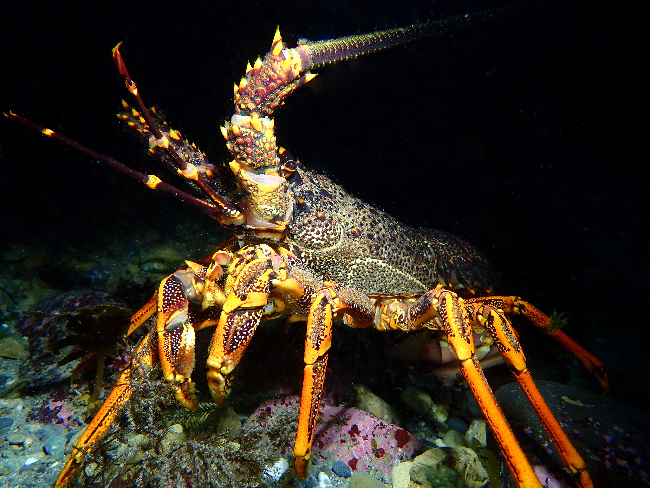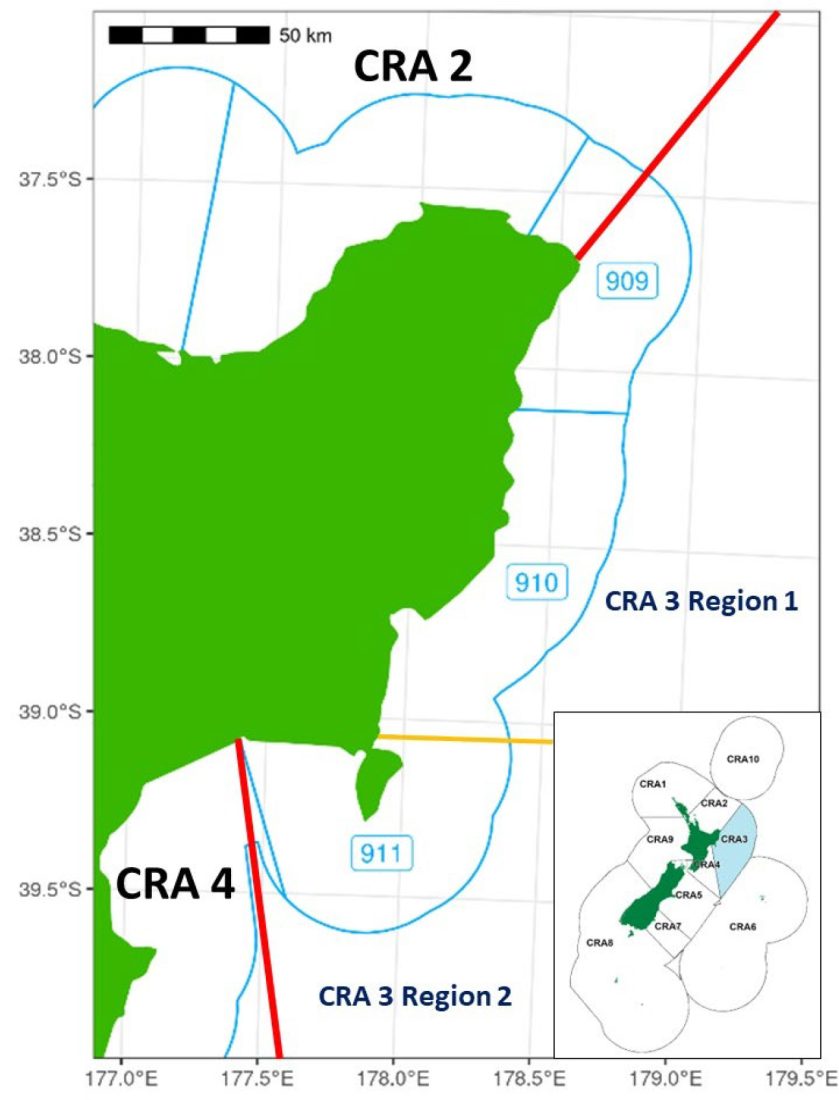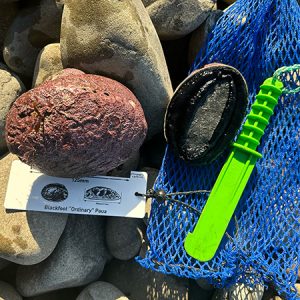
A part of being a good Kiwi is sticking up for our neighbours when something’s not right. Now is the time to support our whānau living around the North Island’s east coast, as their crayfish is under threat. We need to work together as crayfish are a national taonga, a treasure.
Local communities, Māori, and commercial fishers along the Gisborne coast down to Wairoa are witnessing their crayfish stocks suffer from excessive catches over many years.
The Minister is currently considering whether the Total Allowable Catch (TAC) of crayfish in the CRA 3 area, between East Cape and Wairoa, ought to be reduced. Organisations representing recreational fishing interests recently submitted in support of maximum reductions to commercial catch limits, to help the fishery rebuild.
Officials are justifying the review of crayfish because of the impacts of two cyclones and other extreme weather events in 2023.
Truth is, the cray fishery was already struggling prior to this.
The cyclones would have had the biggest impact on newly settled crayfish which take 4-5 years to reach a harvestable size. So, we won’t see the full impacts of the recent cyclones until these crayfish are big enough to be caught.
An overfished crayfish population relies on the annual production of juvenile crayfish to keep their population from declining. The Minister must make a precautionary decision because extreme weather events can completely wipe out the young crayfish, further depleting their populations.
Images of dead crayfish and fish in amongst the forestry slash along the eastern coast after Cyclones Hale and Gabrielle were disturbing.
If our crayfish populations were managed at much higher levels they would be more resilient and there would be more crayfish in the water. B50 ought to be the bare minimum management target. B50 represents a level equivalent to 50% of the estimated population size prior to large-scale fishing.
At B50 we would expect a more natural balance of young and old fish. Large crayfish have an important role as apex predators who help maintain ecosystem balance on our coastal reefs and avoid kina barrens.

If we reduce the amount of crayfish harvested in the short-term, populations will be able to rebuild. It’s a small price to pay for an abundant fishery that we can pass onto future generations.
Generations lost
Overfishing of crayfish around Gisborne has been an issue for years.
Already our friends in northern Hawkes Bay and around Mahia are feeling the pressure, witnessing changes to their local crayfish populations as Gisborne effort is shifting into their area. This shift of effort is possible because the CRA 3 management area is unreasonably large.
There seems to be two distinct cray populations within CRA 3 yet any changes the Minister makes to the TAC will be applied to the entire area, regardless if one region is in a worse state.
Provisions in the Fisheries Act empower the Minister to change management area boundaries if required, to allow for more localised management. The obvious solution is splitting CRA 3 into two more manageable areas, Gisborne and Mahia-Wairoa.
A productive solution
The November 2022 High Court decision for Northland crayfish made it clear that the Minister must take a precautionary approach when the information regarding the condition of a fishery is incomplete or doubtful.
With no current information available indicating the state of the east coast crayfish population, the Minister needs to act conservatively and reduce the amount of crayfish harvested. There is too much at stake if we keep pandering to the push for maximum harvest.
We can’t control past actions, but the Minister can control what’s to come and set a new precedent for the management of our crayfish.
Splitting the management area in two and leaving more crayfish in water to grow and reproduce, will contribute to an abundant fishery for those to come after us.




